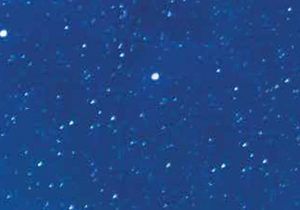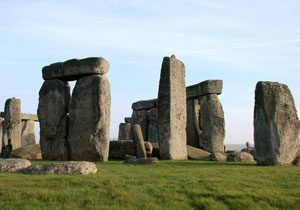
Extinct animals primary resource
Meet eight awesome species whose existence came to a tragic end…
This primary resource introduces children to eight species that once called our planet home. What was the cause of the dodo‘s extinction? Where and when did the last Tasmania tiger die? What huge, horned breed of cattle once roamed the forests of Europe? Which extinct frog species do scientists hope to bring back to life?!
In our National Geographic Kids primary resource sheet, pupils will learn about each of the eight fascinating species, and discover the reasons for their tragic fate. They will also learn about the IUCN Red List and the meaning of different conservation statuses, such as Endangered, Critically endangered and Extinct.
The teaching resource can be used in study group tasks and discussions about extinct species and the importance of wildlife conservation – as a printed handout for each pupil to review and annotate, or for display on the interactive whiteboard for class discussion.
Activity: Ask the children to imagine that they have travelled back in time and encountered one of the extinct species in our primary resource sheet. Get them to write a diary entry or postcard home, describing the animal they’ve seen. Encourage the children to include facts and information from in their own independent research about their chosen species.
N.B. The following information for mapping the resource documents to the school curriculum is specifically tailored to the English National Curriculum and Scottish Curriculum for Excellence. We are currently working to bring specifically tailored curriculum resource links for our other territories; including South Africa, Australia and New Zealand. If you have any queries about our upcoming curriculum resource links, please email: schools@ngkids.co.uk
This Science primary resource assists with teaching the following Lower Key Stage 2 Science (Year 4) objectives from the National Curriculum:
- recognise that environments can change and that this can sometimes pose dangers to living things
This Science primary resource assists with teaching the following Sciences Second level objectives from the Scottish Curriculum for Excellence:
- I can identify and classify examples of living things, past and present, to help me appreciate their diversity. I can relate physical and behavioural characteristics to their survival or extinction
Scottish Curriculum for Excellence Fourth level Sciences objectives:
- I understand how animal and plant species depend on each other and how living things are adapted for survival. I can predict the impact of population growth and natural hazards on biodiversity.
Download primary resource
More Like

Science with Dr Karl: Why is it dark at night?

Stonehenge Facts!

International Children’s Peace Prize 2020!









LEAVE A COMMENT
THANK YOU
Your comment will be checked and approved shortly.
WELL DONE,
YOUR COMMENT
HAS BEEN ADDED!
COMMENTS
CUSTOMIZE YOUR AVATAR